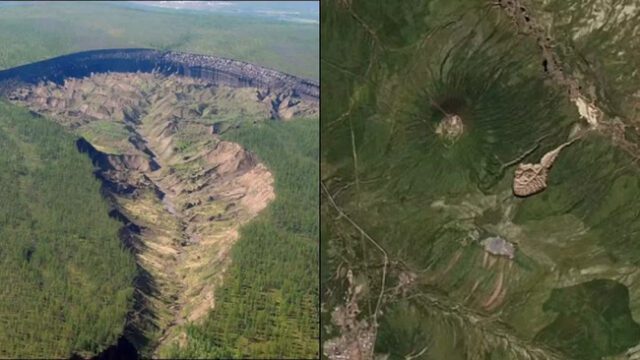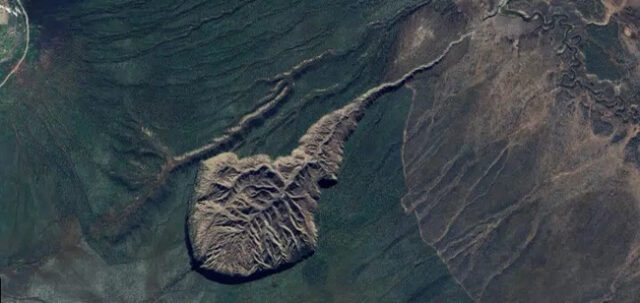
Deep in Siberia, the Batagaika crater, often dubbed the “Gateway to Hell,” is an astonishing and rapidly expanding phenomenon. This enormous permafrost crater, the largest of its kind in the world, spans nearly a kilometer in length and reaches depths of up to 100 meters. Despite being commonly referred to as a crater, Batagaika is a thermokarst depression, or mega slump, that formed in the 1960s when deforestation disrupted the thermal balance of the permafrost. As the ground thawed, it released significant amounts of methane gas, contributing to the subsidence of the Earth and creating this immense depression. The ongoing thawing process has exacerbated the situation, releasing more greenhouse gases into the atmosphere, which in turn accelerates the melting of permafrost—a troubling feedback loop.

Since its discovery in satellite images in 1991, Batagaika’s rapid growth has been a subject of intense study. Recent research led by Alexander Kizyakov from Moscow State University revealed alarming details about its expansion. Using satellite imagery and advanced 3D modeling, the team found that the crater’s headwall is eroding at an astonishing rate of 40 feet per year, with significant portions of the collapsed headwall continuing to melt and sink. The permafrost thaw at Batagaika releases around 4,000 to 5,000 tons of organic carbon annually, adding to the atmospheric greenhouse gas load. Although the depression continues to expand, scientists believe it may eventually reach a natural limit as the remaining permafrost layer within the crater is only a few feet thick, with bedrock beneath that could potentially slow or halt further growth.














